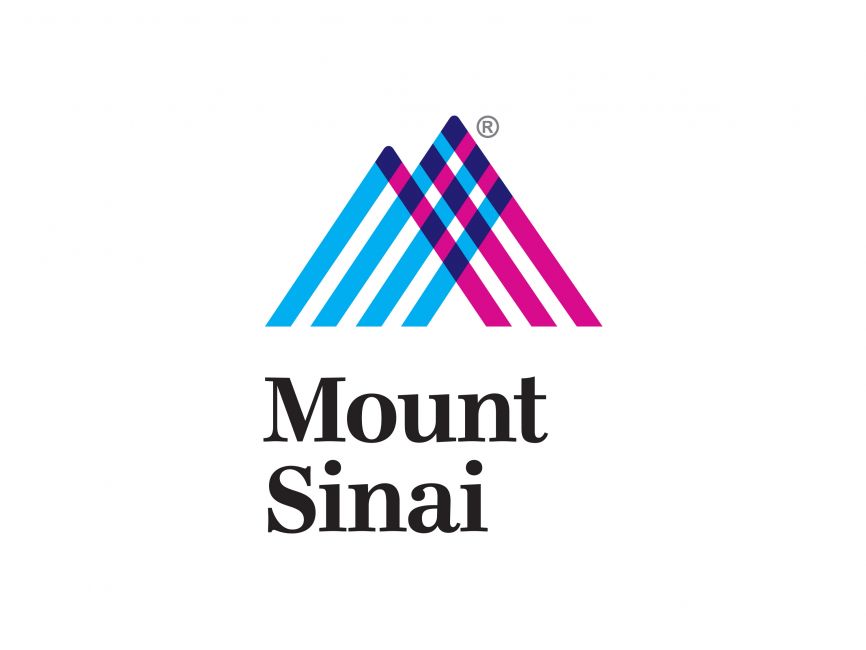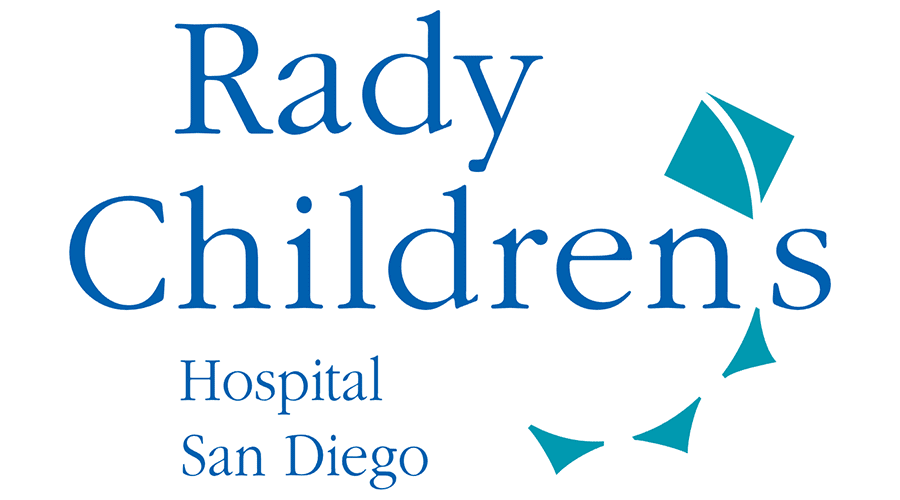Product: CLiX unlock
Client: Icahn School of Medicine at Mount Sinai, NY
Market: Clinical trial patient recruitment
THE BACKGROUND
In Evaluate Pharma's 2014 Orphan Drug Report1, orphan drugs accounted for 46 percent of the industry's new drug output in 2013 compared to 35 percent the previous year. This increase in orphan drug development is of course leading to more clinical trials in patients with rare diseases. Despite the increase, Beroe2 reports that 30 percent of Phase III trials fail due to enrolment challenges. For rare diseases, eligible patients for clinical trials are truly needles in a very large haystack.
CLiX unlock automates the process of reviewing the unstructured data found in the narrative written by physicians and other healthcare professionals in progress notes, discharge summaries and various other reports or documents. This is achieved by designing CLiX queries, within an intuitive user interface, which match the study inclusion and exclusion criteria. The CLiX natural language processing (NLP) engine allows it to “read” and encode millions of documents against these queries, thus producing a CLiX insight list of highly eligible, prioritized patients who match the study criteria.
THE OPPORTUNITY
As part of an evaluation conducted by the Icahn School of Medicine at Mount Sinai (ISMMS), automated recruitment with CLiX unlock was retrospectively compared to current best practice in a phase two, double blind, randomized control trial that had already been completed.
The condition of interest was a rare kidney disorder, a steroid resistant type of focal segmental glomerulonephritis (FSGS) and therefore identifying enough suitable patients had been very challenging for the investigators. CLiX unlock was used to provide a prioritized list of patients who would have been highly eligible for recruitment for the original study (the “CLiX insight list”). The pre-screening yield and potential recruitment from this process was then compared to the original enrollment for this trial when it had actually been conducted
THE TECHNOLOGY
In the original manual review, investigators at the ISMMS had tried to capture their study cohort using ICD codes to pull medical records for potentially eligible patients. Because of the inconsistencies in clinical coding, this method had yielded only one patient suitable and that patient was enrolled. Two further eligible patients were identified during the trial from serendipitous clinic appointments, one of whom was enrolled.
As the condition of interest in this study was so rare, any patients that CLiX could identify from the narrative data as having it, were of interest to the Principal Investigator (PI). Having processed the 9200 documents relating to 513 patients, a CLiX insight list of 107 patients was provided to investigators at ISMMS. From this list, eight patients were deemed ideal candidates (this included the three patients who had been identified at pre-screening during the original trial). This represents more than double the number of patients identified in half the time of the original recruitment phase. Identifying these five additional patients by the traditional method would have taken 60 weeks of elapsed time.
Extrapolating the recruitment rate for the original trial, five patients from the eight that CLiX found would have been enrolled. From a financial standpoint, this would have represented a 75% increase in payment from the trial sponsor made to ISMMS based on recruitment fees alone
Results: 2.5x the number of candidates found in 5% of the time
Original clinical trial benchmarks:
The documents of 125 patients were manually reviewedElapsed time – over 9 months Expended effort – 200+ hours Patients identified as eligible - 3
Patients enrolled – 2
Retrospective CLiX unlock results:
- Clinithink worked closely alongside researchers at ISMMS to develop queries tailored to the clinical trial protocol.
- 9,200 documents from 513 patients processed (in 2 hours)
- Elapsed time (incl. query authoring and validation) – 2 months
- Time spent on project (excludes set up and data load) – 2 weeks
- Expended effort – 68 hours Patients identified as eligible – 8
- Patients enrolled – 5
SUMMARY
This project demonstrates the unique advantage offered by CLiX unlock in clinical trials where recruitment can be most challenging. With two weeks of focused resource use, CLiX queries can be authored and run against large volumes of data to provide a CLiX insight list of highly eligible patients for recruitment. By directing the investigators towards relevant patients in the CLiX insight list, enrollment numbers can be significantly increased in a markedly shorter timeline.
CLiX unlock represents a major improvement in recruitment efficiency where sponsors and research centers can achieve enrolment targets not only in time, but ahead of schedule with much less manual effort.
“In a fraction of the time, CLiX found many more eligible patients than we did”
Girish N. Nadkarni, MD Clinical Instructor of Medicine/ Nephrology at Mount Sinai
- 1 EvaluatePharma Orphan Drug Report 2014
- 2 Beroe Inc. Rare disease Recruitment and Retention Whitepaper 2014


